Written by: Roshan Dwivedi
According to Massachusetts Institute of Technology (MIT), Artificial Intelligence could be the answer to reducing headaches for viewers and video streaming services. Video buffering and pixelation continues to be problematic for those who rely a ton on video streaming services for catching up on the newest movies and the latest TV shows.
Buffering and pixelation can make people to switch over to other content which can result in poor viewership and advertising. The way it works is that Streaming services use ABR (Adaptive BitRate) algorithms to ascertain what the resolution of the video playback is at that time which varies according to changing network conditions. Videos are typically chopped into smaller chunks and transmitted in a sequential manner to the device that viewers are watching it on. Algorithms also work to create a buffer ahead which means that the streaming experience will be uninterrupted even for a short period of time.
Changing network conditions also impact the streaming causing sudden pixelation of the videos being watched which in turn leads to long pauses, especially if you skip the video too far ahead.
MIT’s Computer Science and Artificial Intelligence Laboratory (CSAIL) has come up with “Pensieve” neural network, which is an artificial intelligence (AI) system. This system uses machine learning to pick up different algorithms to adjust to the varying network conditions.
This enables the easy switching between rate-based algorithms or buffer-based algorithms as per network conditions. This predictive technology lets streaming priorities to be set. So if a user is watching a video on YouTube and is going to walk into an area where there is poor connectivity, this intuitive system will be able to reduce the streaming resolution in an appropriate manner so as to buffer only for potentially falter free streaming. Netflix and Amazon Prime Video have consistently optimized after improvements in streaming algorithms to offer optimal viewing experience on slower or inconsistent mobile and home broadband networks. However, network condition variations still play havoc from time to time. So MIT’s “Pensieve” neural network could be the answer to these issues thus enabling streaming higher resolution 4K content easier for streaming platforms.



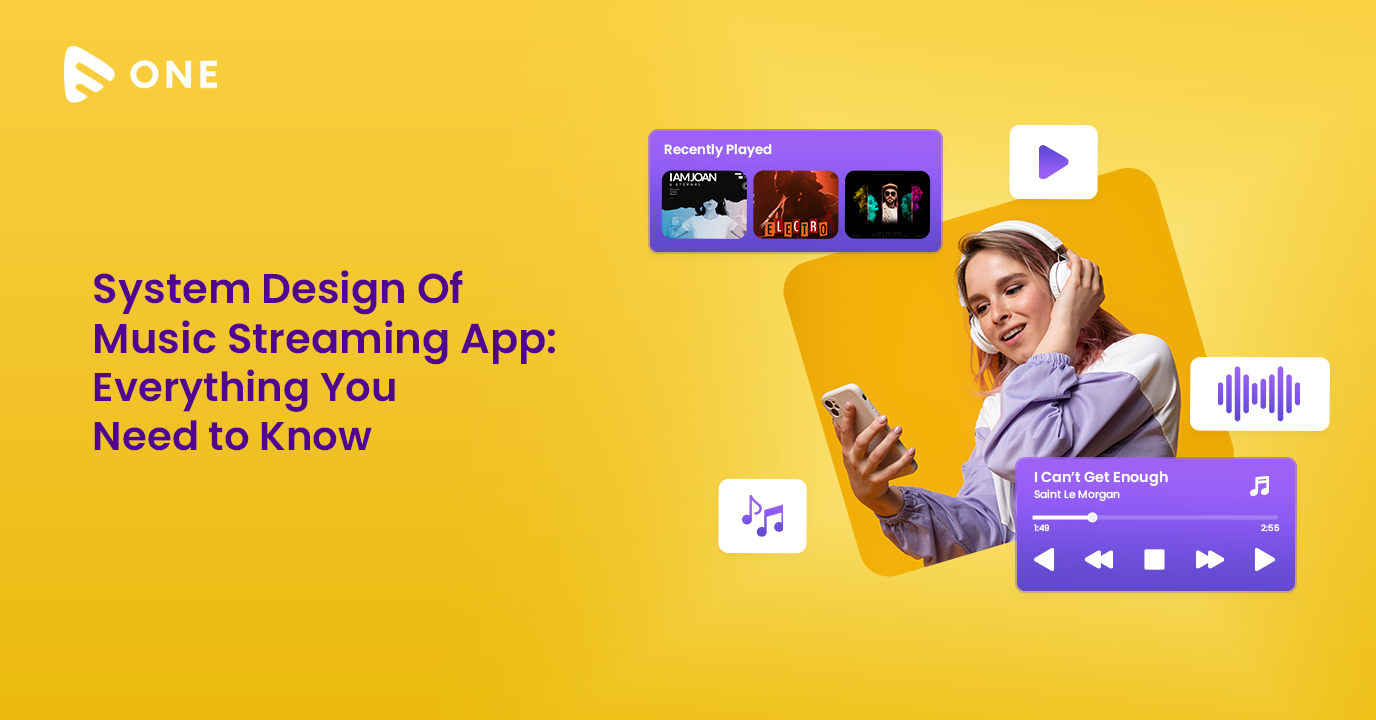
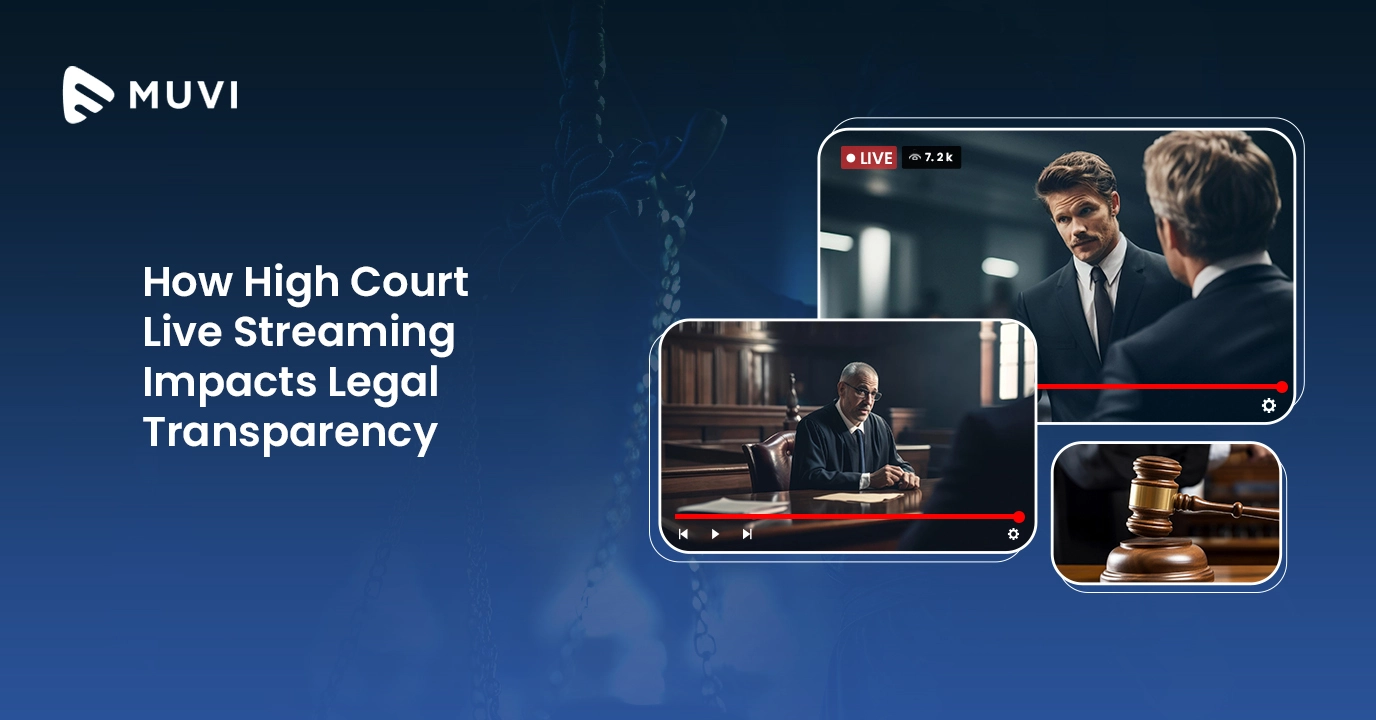
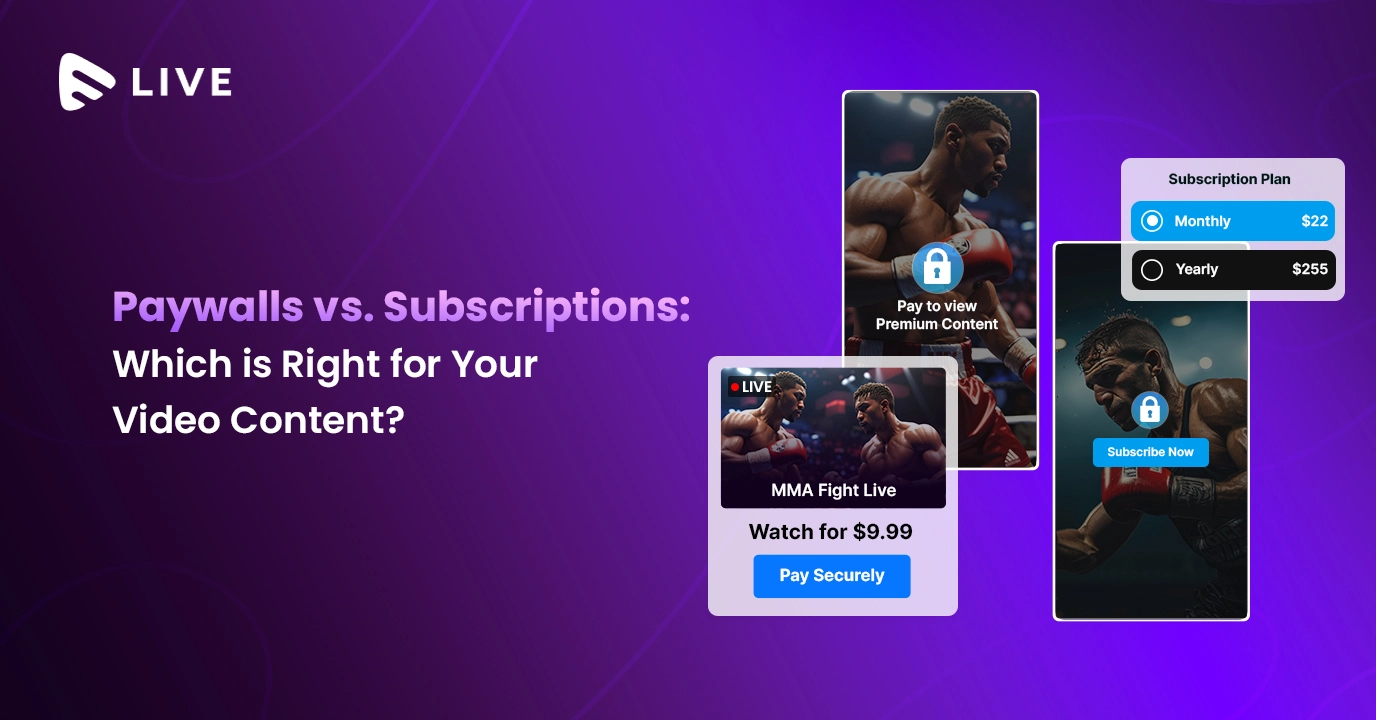

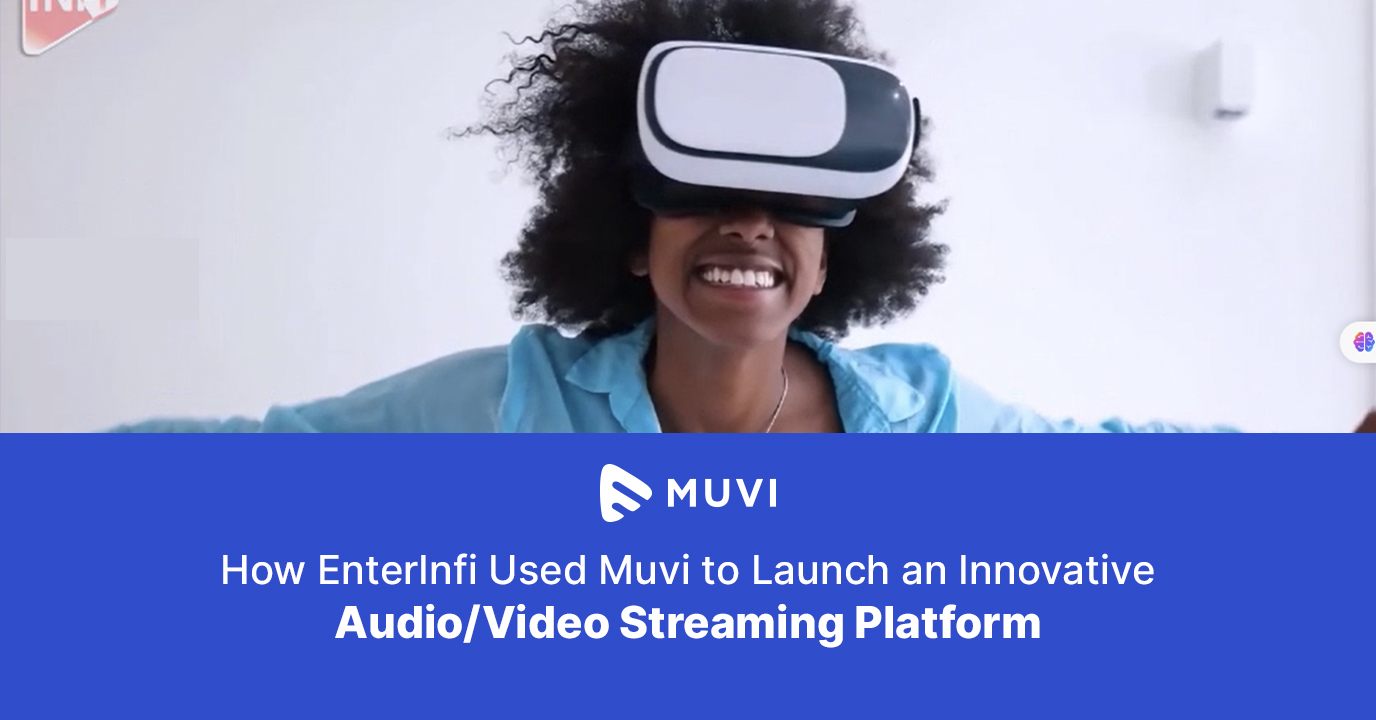
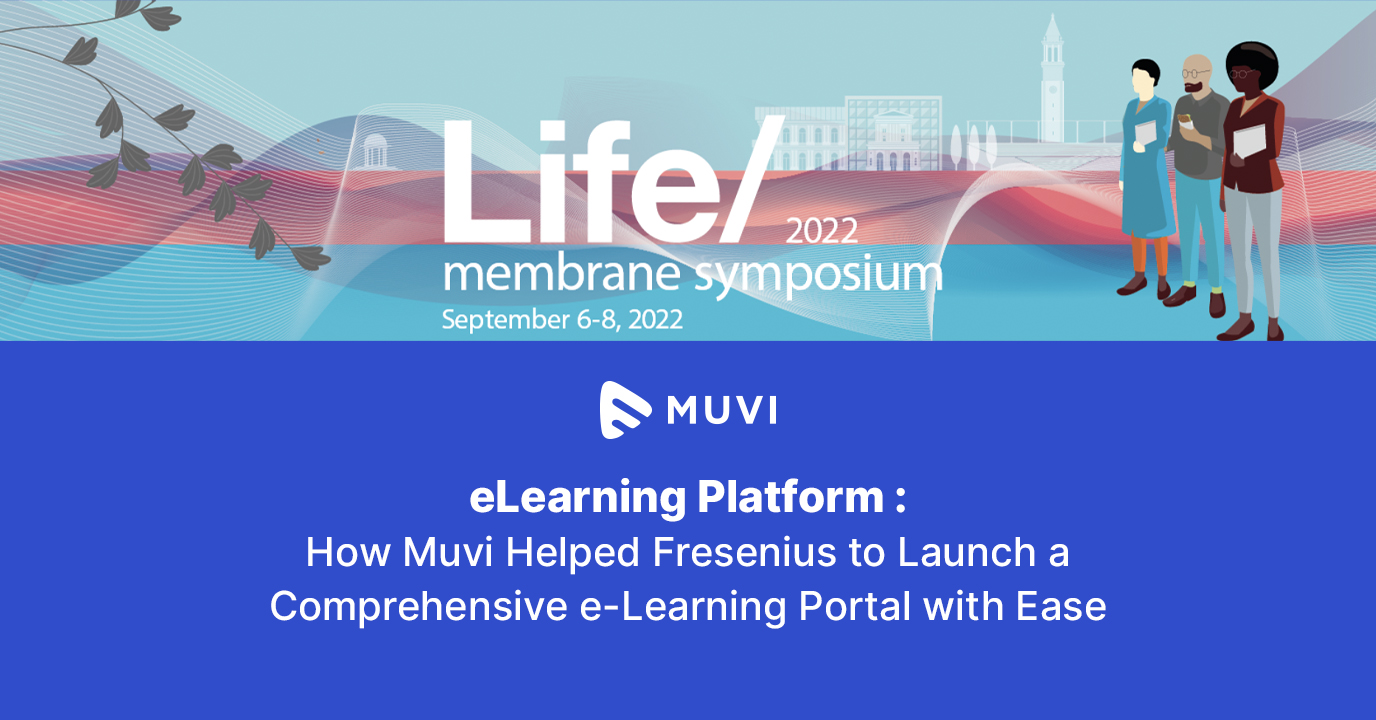



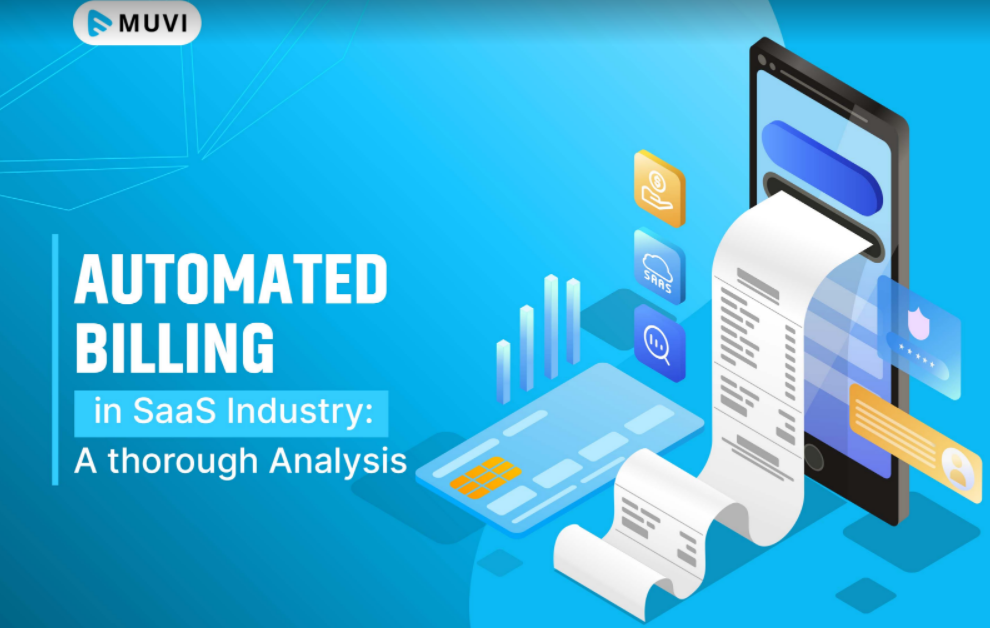


Add your comment